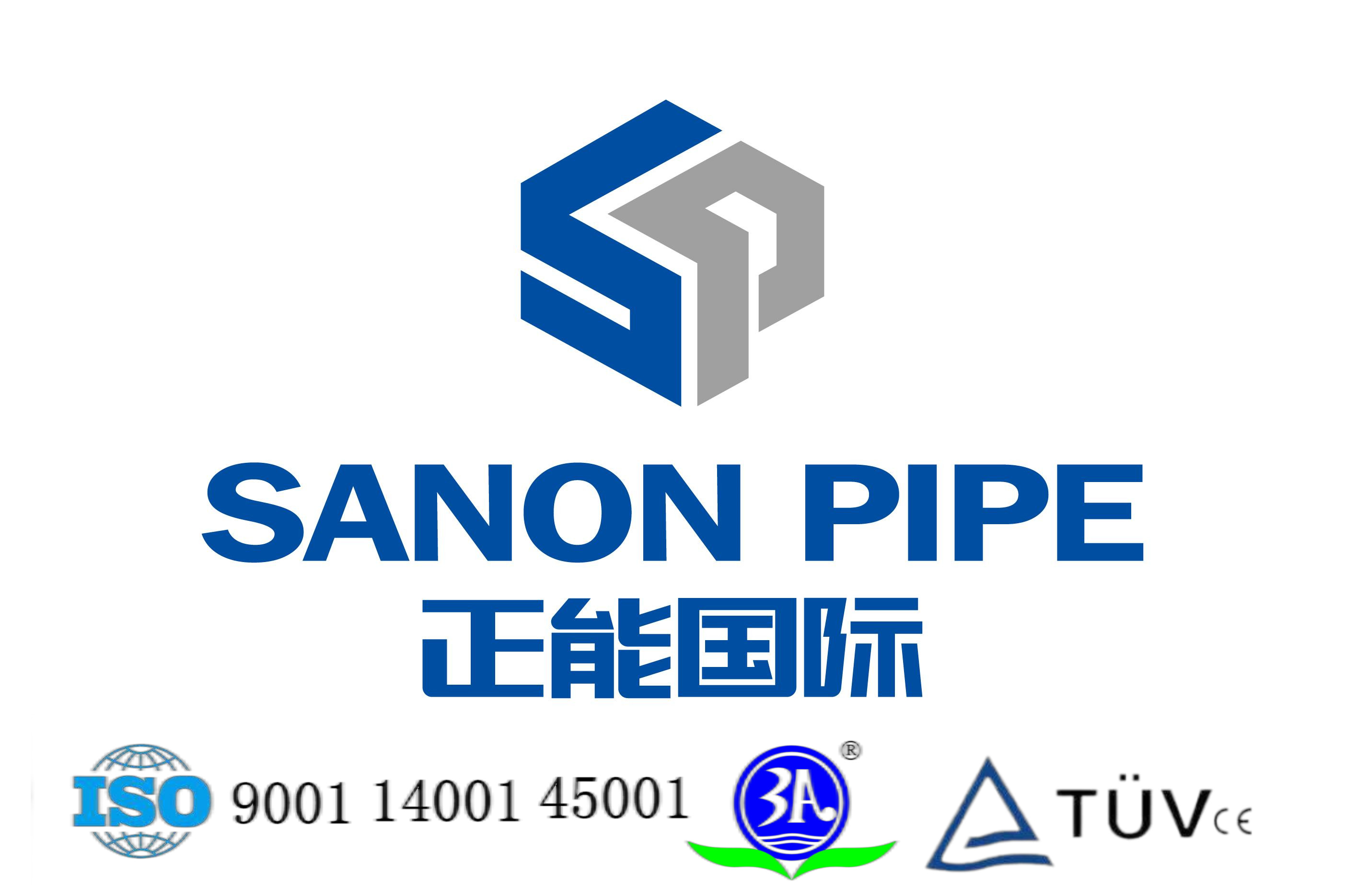In the field of machine manufacturing, material selection is crucial to product performance and safety. Among them, Q345b seamless pipe is a widely used material with excellent mechanical properties and process performance. This article will introduce the yield strength and tensile strength of Q345b seamless pipe in detail to provide reference for relevant engineering and technical personnel.
1. Yield strength of Q345b seamless pipe
Yield strength is a measure of a material's ability to resist damage under certain deformation conditions. For Q345b seamless pipe, its yield strength usually refers to the minimum stress value at which the material undergoes irreversible deformation after the force reaches a certain value in the tensile test. This value is an important indicator of the safety of the material because it reflects the deformation of the material when it is subjected to heavy loads.
The yield strength of Q345b seamless pipe can be determined by tensile testing. In a tensile test, a material is formed into a standard specimen and the stress is gradually increased until the specimen yields. At this time, the recorded stress value is the yield strength of the material. Depending on the testing conditions, the yield strength may vary.
2. Tensile strength of Q345b seamless pipe
Tensile strength refers to the maximum stress value that a material can withstand during stretching. For Q345b seamless pipe, its tensile strength refers to the maximum stress value that the material withstands before breaking in the tensile test. This value reflects the strength of the material when it bears ultimate load and is an important performance indicator of the material.
Similarly, the tensile strength of Q345b seamless pipe can also be measured through tensile testing. In a tensile test, the stress continues to increase until the specimen breaks. At this time, the maximum stress value recorded is the tensile strength of the material. Like yield strength, tensile strength is affected by testing conditions.
3. The relationship between yield strength and tensile strength of Q345b seamless pipe
There is a certain relationship between the yield strength and tensile strength of Q345b seamless pipe. Generally speaking, the lower the yield strength of a material, the lower its tensile strength. This is because a decrease in yield strength means the material is more likely to deform when force is applied, while a decrease in tensile strength means the material is more likely to break when force is applied. Therefore, when selecting Q345b seamless pipe, it is necessary to balance the relationship between yield strength and tensile strength according to the actual application scenario.
4. Conclusion
Q345b seamless pipe is a material with excellent mechanical properties and process performance, and is widely used in the field of machinery manufacturing. This article details the yield strength and tensile strength of Q345b seamless pipe, as well as the relationship between them. These performance indicators are of great significance to the safety and reliability of materials. Relevant engineering and technical personnel should fully consider these factors during use to ensure product performance and safety.
For other seamless steel pipe products, please visit the product details page.Such as 20# seamless steel pipe

Post time: Dec-05-2023





